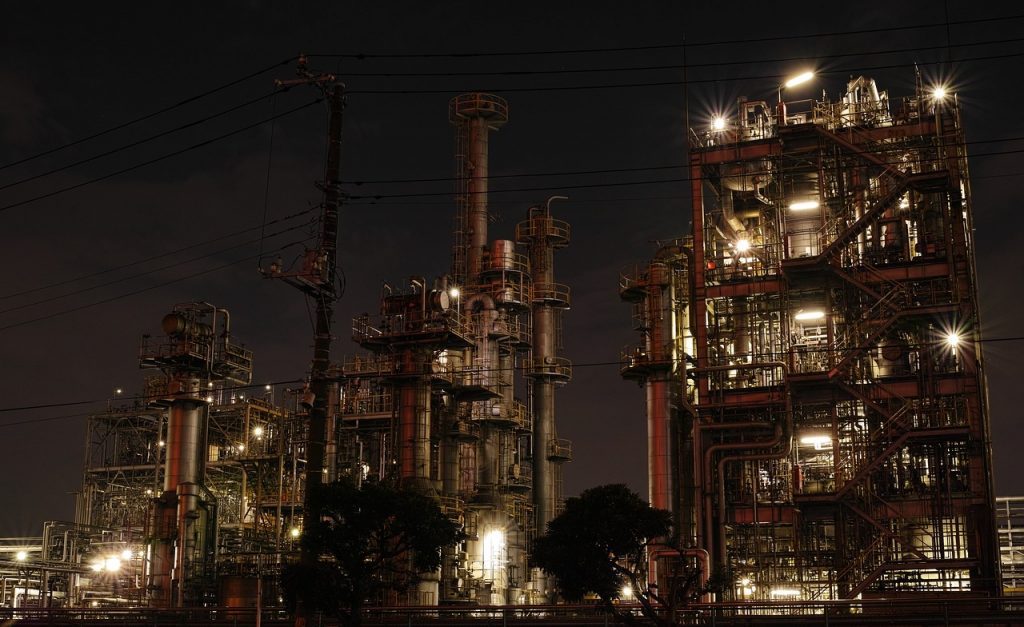Which rubber materials can resist high temperatures?
Click on the material for more information
If you are using high temperature applications, then rubber that can resist those temperatures as long as possible is a must. You need a dependable performance and that means seeking out the correct materials in the first place. For example, you would never use natural rubber if the temperature is continuously high. A temperature above 85c can degrade natural rubber far too quickly, and yet there are certain grades of rubber out there that are synthetic and have been engineered to deliver resistance to heat up to 300c.
Understanding which rubber materials can resist those impressively high temperatures is important before you start heating. Below, we have five different rubber materials that can do the job.

Silicone
Most manufacturers know that silicone is an impressive rubber to use if you are exposing it to high temperatures. When those temperatures are in their excess, silicone can withstand up to 305c. There are specific temperatures for which silicone is not recommended, as at certain temperatures it cannot offer the correct mechanical properties. However, it’s great for those applications that have high UV exposure, ozone exposure and weathering. As silicone is not a high strength material, it’ll tear easily, but there are some compound grades that deliver far better tear resistance than the standard silicone out there. There are silicone materials that offer better and high temperature stability such as fluorosilicone. These have added chemical resistance and can withstand a higher temperature.
FKM (Viton®)
For a high temperature resistant rubber that excels beyond all others, FKM is usually a good option. It can retain great mechanical properties and it has a solid chemical resistance. This can include most mineral acids out there, oils, fuels, lubricants, etc. This is still the case when the temperature is extremely high. If there are products that are molded in FKM, you’ll find that they retain their elasticity for longer when exposed to air oven aging – this is up to 205c. Intermittently, FKM retains elasticity at 316c. Most O-rings and extruded products are found with FKM and it’s an extreme temperature rubber that offers the best fluid resistance of any commercial rubber options.
CSM (Hypalon)
In the US, this is referred to as CSPE. This is another rubber material that can resist high temperatures up to 120c+. It goes by the name Hypalon and its chemical name is chlorosulphanated polyethene rubber. For products that will be exposed to ozone, weathering and UV, CSM provides that necessary resistance. It can also provide excellent resistance to corrosive chemicals when it’s been cured. There are great electrical properties with CSM, and it has low flammability and gas permeability, too. It’s not the best for fuel resistance, however, and the compression set is rather lower than is acceptable.
HNBR
Also known as hydrogenated acrylonitrile-butadiene rubber, HNBR is one of the elastomers derived from a conventional nitrile rubber. This is done through the hydrogenation of the unsaturated bonds in butadiene. It’s a rubber that is resistant to extremely high temperatures, and it can withstand most of the temperatures above what conventional nitrile can withstand. This high temperature resistant rubber can also offer excellence in resistance to most chemicals, steam, fuels, oils and ozone. It can also offer exceptional strength, which makes it stand out from most other rubber options. If you are looking for a high temperature resistant rubber that can offer excellence in abrasion resistance, HNBR is a good option. The downsides include the costs compared to other high temperature resistant rubber options, as well as being incompatible with some organic solvents and aromatic oils.
EPDM
This is a synthetic rubber known as ethylene-propylene-diene monomer. It’s a copolymer of ethylene, diene and propylene monomers. This has excellent tear and steam resistance as well as being resistant to abrasion and compression. It can withstand temperatures up to 150c, and while it’s resistant to ketones and alkalies as well as dilute acids, EPDM offers very low resistance to the petroleum based fuel options. It also doesn’t hold up much against non-polar solvents and most oils. Most of the time, EPDM is used as a polymer that’s lower cost, and that’s thanks to the favourable characteristics.
Related articles
If you need any help or advice simply give us a call or fill in the enquiry form and one of our technical team will help you out.
